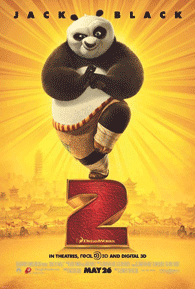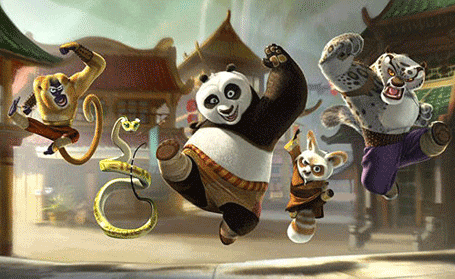
I’m not a big fan of Dreamworks animated films. Till this decade, their modus operandus has been to make cartoons that have far too many recent pop cultural references that date way too fast. If we really want to riff off pop culture, why not do it like Quentin Tarrantino and sack far more artistic and lasting references? Whoever thought of the first Kung Fu Panda must have been a video store clerk who watched too many 1950s—60s Shaw Shaolin kungfu movies and decided to come up with a comedy homage to the genre. Of course it was a good idea and it worked to hilarious effect.
This time round for the sequel, Dreamworks has finally figured that audiences don’t really want to pay to watch more of the same. It might have something to do with the diminishing returns (both commercial and critical) of the Shrek franchise but this is a lesson that will profit the Kung Fu Panda franchise.
As much as the first film was a homage to a simpler, funnier era of 1950s Shaw kungfu flicks, Kung Fu Panda 2 is a homage to the Golden Age of Hong Kong action cinema and in particular, the action choreography and baroque sets of the Jet Li Once Upon a Time in China series.
Where the first film was a coming of age comedy of a would-be Dragon Warrior, the sequel concerns itself with a far larger setting and concerns – the fate of China, the future of kungfu, and the preservation of endangered species (I kid not. Ever wonder why Po was the only panda in the first animation?). There is still room for silly comedy in this sequel, but it functions as a side dish to a far darker plot with a much more sinister baddie (Gary Oldman as a brutal conqueror and genocidal villain) as well as intricate action choreography that would have made Hong Kong legends like Yuen Cheung-yan, Lau Kar-wing and Yuen Bun proud.
Kung Fu Panda 2 is definitely not the same as its predecessor but I for one am not complaining, because it ransacks more Chinese pop culture for creativity rather than its predecessor.

